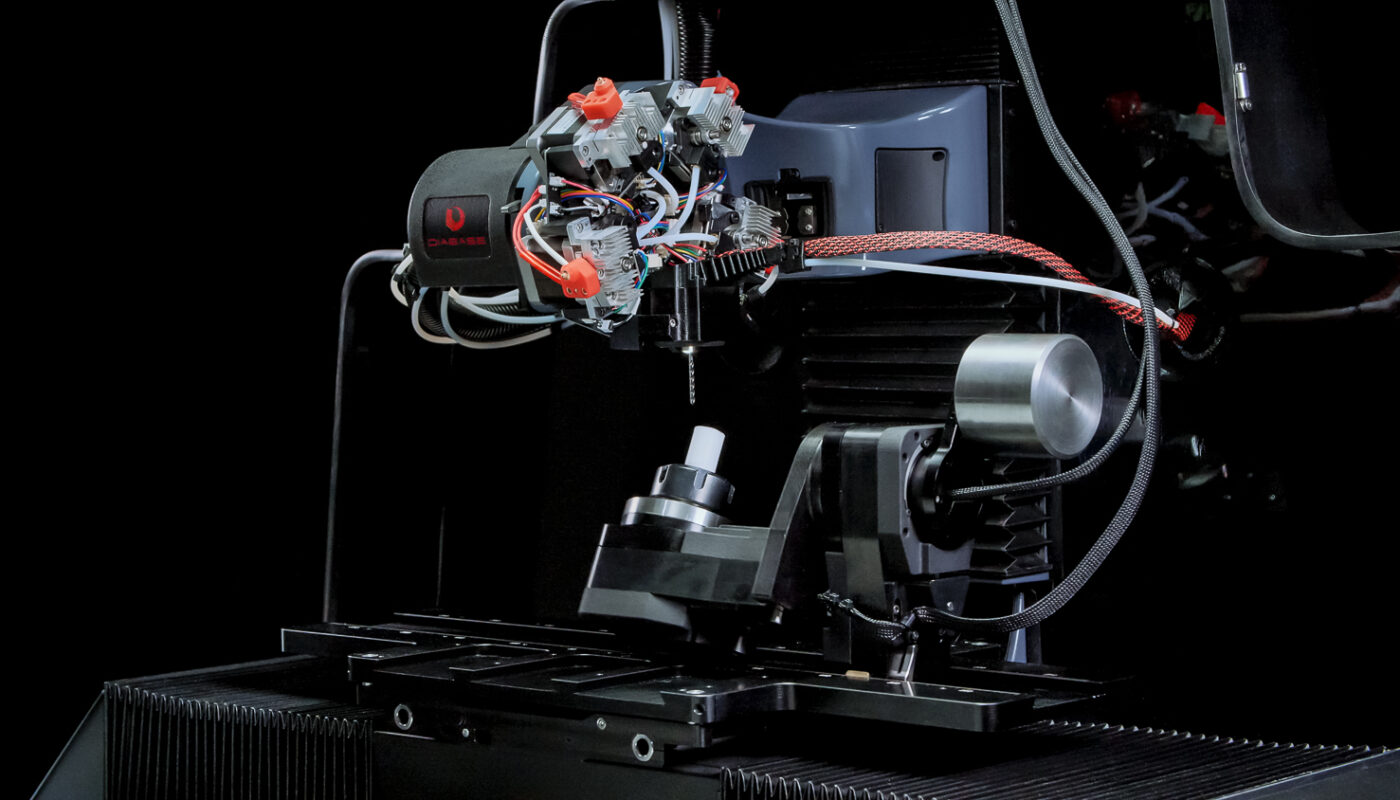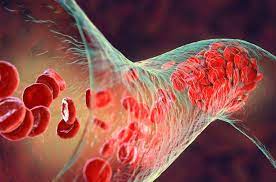Scientists from the Tokyo University of Science (TUS) have developed a novel hybrid approach for electrical impedance tomography (EIT) that combines the benefits of iterative Gauss-Newton (IGN) and one-dimensional convolutional neural networks (1D-CNN). EIT is a non-destructive imaging technique used to visualize the interior of materials by injecting an electric current between two electrodes and measuring distortions caused by foreign objects. While EIT has advantages such as low cost and no requirement for large magnets or radiation, accurately reconstructing the obtained information as images can be challenging.
The previously used algorithms for image reconstruction in EIT, such as IGN, primal dual interior point method, and one-step Gauss-Newton, often result in inaccurate solutions due to the nature of EIT. To overcome this limitation, researchers have recently started exploring machine learning algorithms like 1D-CNN. However, these algorithms struggle with handling previously unseen data, reducing their effectiveness.
To address these challenges, the team of researchers from TUS and Ritsumeikan University developed a hybrid EIT approach called AND. The innovative AND method combines the advantages of IGN and 1D-CNN to improve the accuracy of image reconstruction in EIT.
In their study, the researchers tested the AND method on cement samples using both simulation and experimental data. When using simulation data, they found that the IGN method resulted in large errors in the reconstructed images as the size of foreign objects decreased. In contrast, the AND method demonstrated more accurate reconstruction of the position and size of foreign objects compared to both IGN and 1D-CNN methods.
In addition, when using experimental data, both the proposed AND method and the 1D-CNN method outperformed IGN in terms of accuracy. The researchers also identified changing the current injection pattern as a potential approach to improve EIT’s resolution. By altering the spatial distribution of the electric field and combining it with other non-destructive evaluation techniques, the detection of foreign particles’ size and position can be enhanced.
The researchers believe that their proposed EIT reconstruction method, although not as high in resolution as other non-destructive evaluation techniques, offers advantages in terms of equipment size and cost. It could facilitate improved non-destructive foreign object detection and enable easier and more regular assessment of building health. The method also has potential applications in rapid safety screening following earthquakes or explosions. Furthermore, the simplicity of training personnel to use this technology is expected to be a benefit.
These findings represent a significant advancement in EIT technology, highlighting its potential as a valuable detection technique for preventing building collapse in the future. Further research will focus on utilizing alternative approaches in combination with the proposed method to improve EIT’s accuracy in detecting foreign objects.
*Note:
1. Source: Coherent Market Insights, Public sources, Desk research
2. We have leveraged AI tools to mine information and compile it



